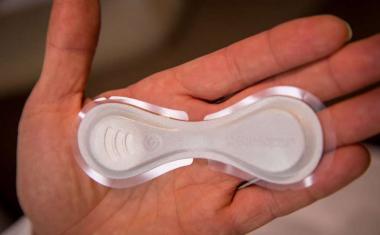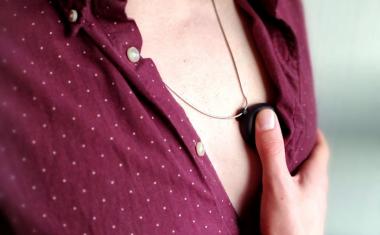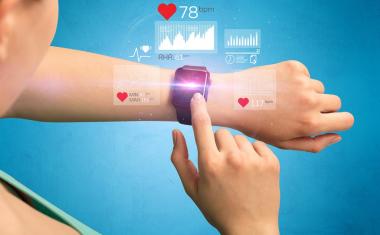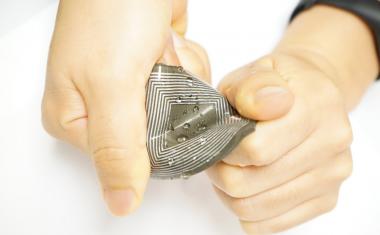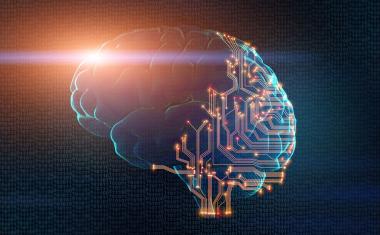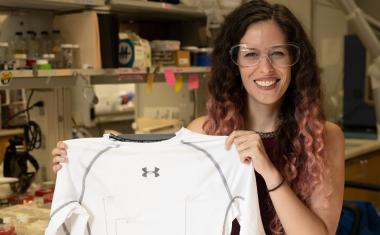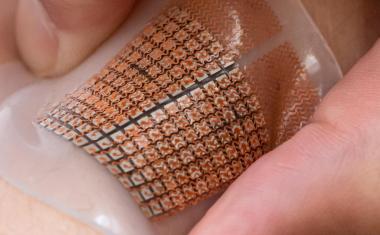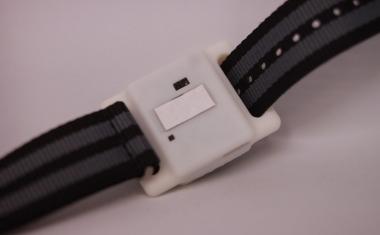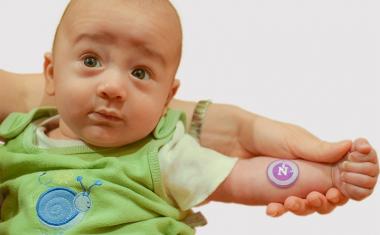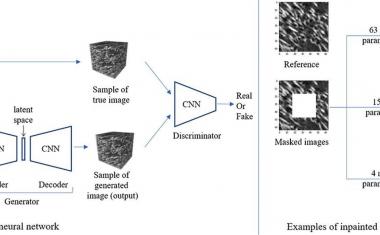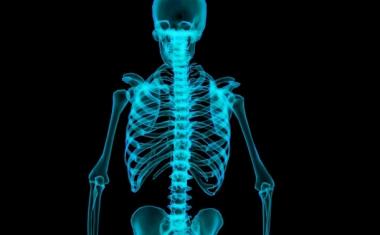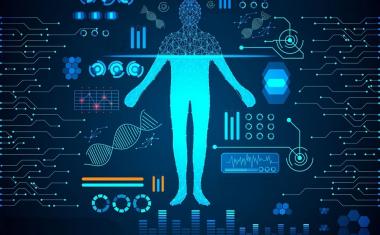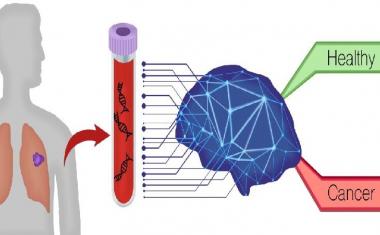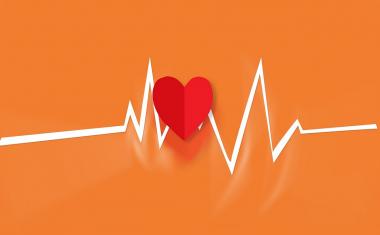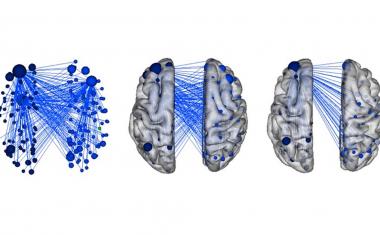Affordable wearable AI heart monitor
A Cambridge start-up has developed a low-cost next-generation wearable heart and cardiovascular function monitor which uses AI to diagnose heart rhythm and respiratory problems in real time.

Professor Roberto Cipolla from Cambridge’s Department of Engineering met cardiologist and clinical academic Dr. Rameen Shakur in 2015, a year after Roberto’s father had died of a stroke. Their ongoing research collaboration has now led to the formation of Cambridge Heartwear and the development a unique device and some powerful algorithms that can automatically interpret electrocardiogram (ECG) data, which have an accuracy level in excess of 95%.. The company hopes to use its wireless monitor to improve the detection of irregular and dangerous heart rhythms and reduce the impact of stroke and stroke-related mortality and morbidity, which affects 120,000 people in the UK each year.
The device, called Heartsense, includes a multiple lead ECG, oxygen sensing, temperature and tracking device which can be comfortably worn by patients for early screening. Sensors are enclosed in a robust waterproof casing, and the data produced is far more sensitive than that from current single lead wearable devices, as the development team have used their knowledge of clinical anatomy and electrophysiology to place leads for maximal signal output.
This data is wirelessly streamed in real time to the cloud where adaptive AI algorithms are able to identify clinically relevant irregular and dangerous rhythms just as a physician would. The device incorporates multiple independent sensors, in order to produce more specific and sensitive data than current heart monitors can provide. The research challenge was to produce algorithms that can learn from a limited amount of supervision from the cardiologist. “Our aim was not to replace the cardiologist, but to give them diagn
Fight against atrial fibrillation
To encourage the adoption by clinicians the team ensured that the output of the AI algorithms also included the information commonly used by a cardiologist. “This was not necessary for the final diagnosis but made the system a little more understandable and explainable than typical deep learning systems, which are still thought of as black boxes,” said Cipolla.
NHS figures suggest atrial fibrillation (AF), the most common heart rhythm disturbance encountered by doctors, affects in excess of one million people across the UK. There are more than 100,000 strokes in the UK every year, and it is the fourth biggest killer in the in the UK, with more than 23,000 deaths last year. The NHS spends £2.5 billion annually on neurological treatment and rehabilitation for stroke patients. According to national and international data, more than 80% of people who either die or are left with severe neurological deficits following a stroke had an irregular heartbeat as the underlying cause. However, irregular heartbeat is often diagnosed only after a person has had a stroke. “It makes sense to pick up AF before someone has a stroke and put preventative treatment in place,” said Shakur, who was formerly a Wellcome Trust Clinical Fellow at Cambridge and is now based at MIT. “Unfortunately, the technology and clinical care systems we currently have in place aren’t really doing this.”
Heart rhythms are currently measured by an ECG. To use an ECG as someone is going about their daily business, rather than in a GP surgery, a device called a Holter monitor is used. This requires fixing 12 leads to the patient’s chest and carrying the cumbersome device around for 24 hours. It can take as long as four to six weeks from the time when a patient is referred by their GP to when the data from the Holter monitor is analysed and an irregular heartbeat is detected or not. Additionally, a Holter monitor costs as much as £2000. “If you’re wearing an ECG over a long period of time, you’re collecting a huge amount of data,” said Shakur. “Finding an irregularity among all the normal rhythms can be like looking for a needle in a haystack. I wanted to automate this process, helping the patient to get a diagnosis and start on treatment.”
Update, December 2018
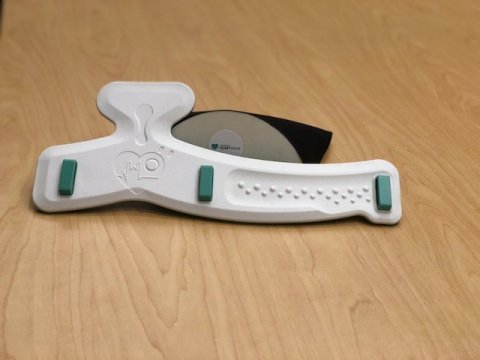
Cambridge Heartwear announced the launch of their company and release of their Heartsense monitor in 2019. “Our vision behind forming Cambridge Heartwear was to create a bespoke and patient-driven solution to the problem of preventing stroke and heart disease,” said Shakur, founder and CEO of Cambridge Heartwear. “The technology and clinical care systems we currently have in place are not picking up atrial fibrillation before someone has a stroke and do not enable us to put preventative treatment in place. While there are wearable devices that do general health detection, there is currently no medically-driven device on the market coming out of a clinical practice. There is a critical need for a holistic, multi-input and patient-driven device that takes into account the complex physiology of a patient. We are the first patient-driven AI wearable device born out of real-life clinical practice, not an engineering lab.”
Source:University of Cambridge




